One of the continent’s most varied regions is undoubtedly this slender, small nation that hugs the South American shore. Among the country’s harsh topography are enormous glaciers, sun-drenched beaches, and volcanoes powered by lava.
You’ll be pleasantly pleased by how many outdoor activities are available in Chile if you plan to spend any time outdoors. Top attractions include the world’s driest desert, breathtaking fjord and glacier scenery, and the numerous volcanoes in the Pacific “Ring of fire.” Swimming, surfing, climbing, and paragliding are all fantastic activities in Chile.
Whatever your interests, you’re sure to be left with a lasting impression by this unspoiled nation’s spectacular natural splendour.
1. Valparaiso
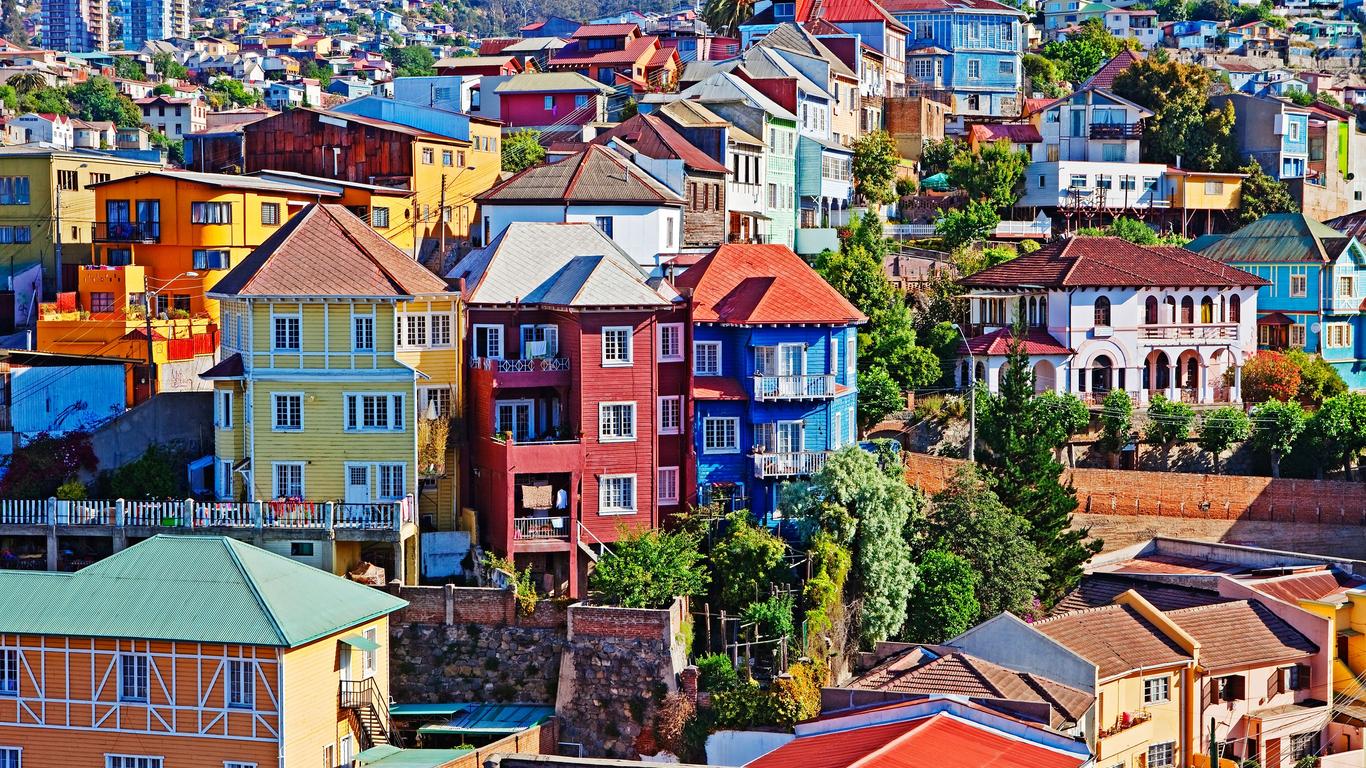
It is one of the most beautiful places in Chile, so people call it the “Jewel of the Pacific.” This harbour town has brightly coloured homes, small art shops, and streets made of cobblestones that wind around corners.
In Valparaíso, you can find the first library, the oldest Spanish-language newspaper, and even the oldest stock market. These are some of the most important places in the country. There are also the busy Plaza Sotomayor and the well-known Pablo Neruda museum. Also, you could ride the Artilleria funicular train, which has amazing views of the whole city.
2. Lauca National Park
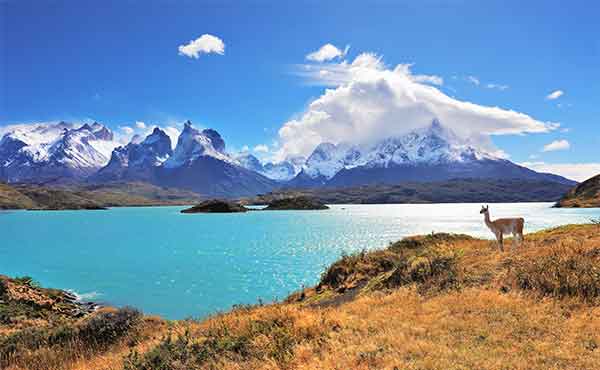
Lauca National Park is a great place to go on a trip in Chile because it has untouched beauty. In the north, in the Andean Mountain range, it continues to draw tourists who want to see the varied and rough scenery of Chile’s outdoors.
You’ll see a lot of different kinds of wildlife, as well as volcanoes with snow on top and lakes the colour of cobalt. In the huge Lauca National Park, you can see alpacas, ducks, and more than 130 kinds of birds.
3. Geysers del Tatio
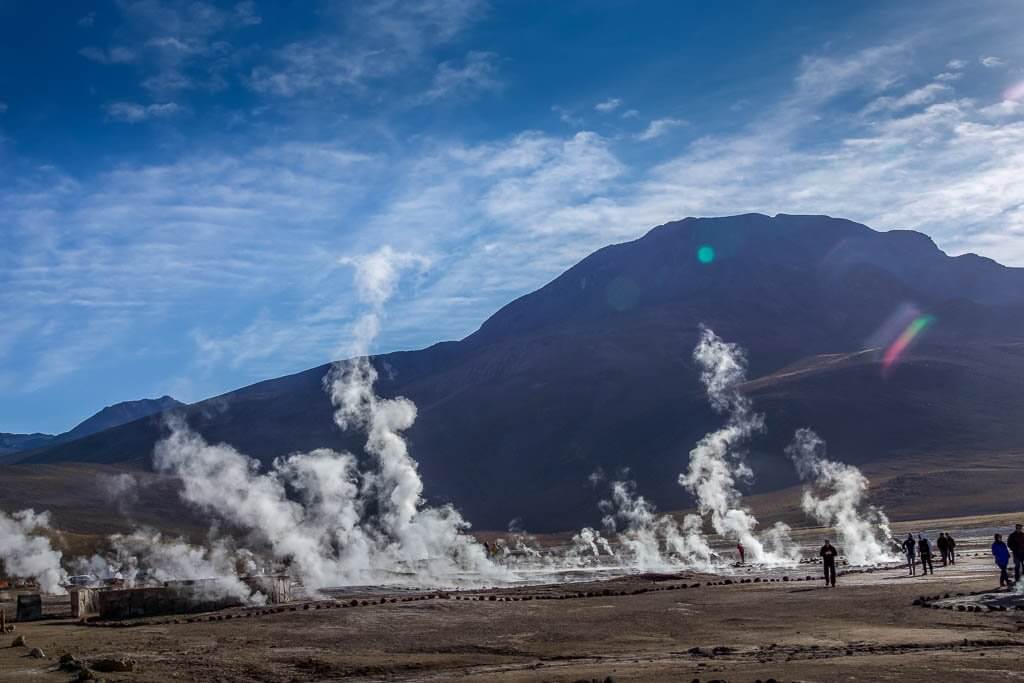
On the base of several stratovolcanoes, the geothermal areas at Geysers del Tatio are a sparkling hot spot. Geysers del Tatio has more than 60 different geysers and more than 300 different hot springs. It is the biggest geyser field in the southern hemisphere. One geyser fountain can shoot up more than 30 feet high, while most only go up three to four feet high.
Take a peaceful soak in one of the springs after a day of hiking through the volcanic fields. Though some springs are too hot to touch, there are some that are just right for a hot tub.
4. San Rafael Glacier
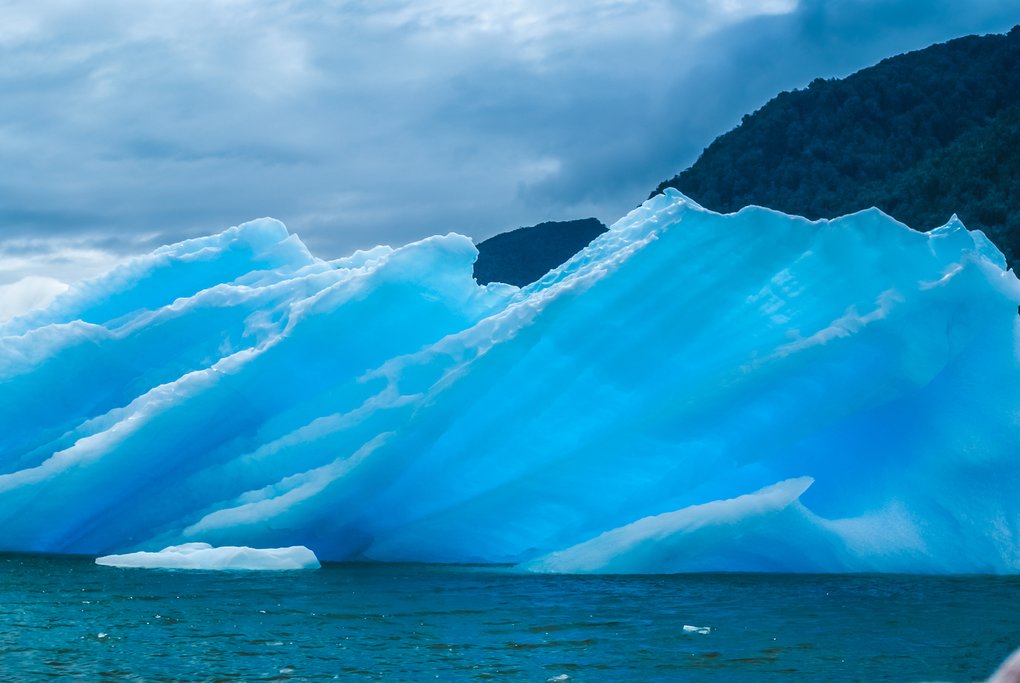
One of the biggest ice caps in the Northern Patagonian ice fields is the San Rafael Glacier. San Rafael Glacier is different from other glaciers because it is surrounded by lush green woods. The blue ice makes for an interesting contrast.
To get there, you’ll need to make plans ahead of time since you can only get there by water. But a lot of experts think it could go away in just a few years, so you should go see the San Rafael Glacier as soon as you can.
5. Cerro San Cristobal
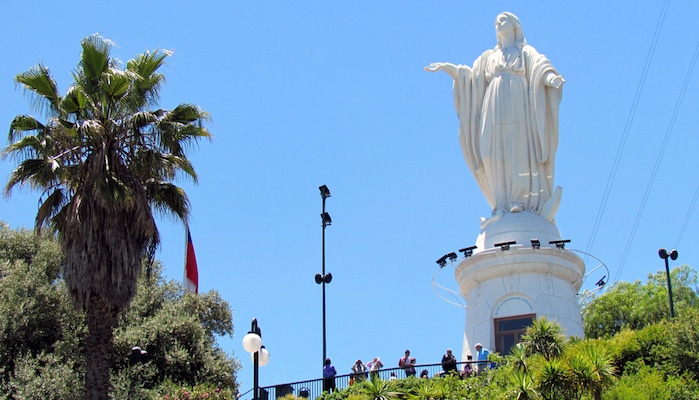
Cerro San Cristobal, one of Chile’s most famous natural features, stands tall over the city of Santiago. This hill with trees has some of the best views in the whole city. It was named after St. Christopher. When you get to the top, you can see the busy streets of Santiago below.
How long does it take to walk to the top of the hill? To get to the top, you can also take a cable car. You can enjoy the beautiful views and also go for a walk in Santiago Metropolitan Park or swim in one of the two outdoor pools.
6. Valle de la Luna
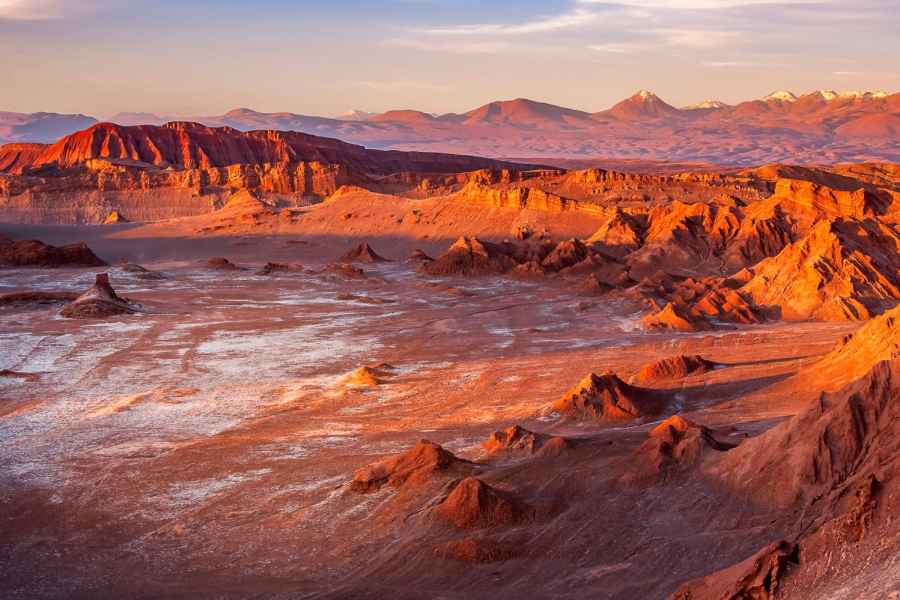
It seems like you’re walking on the land of another planet in the beautiful Valle de la Luna. This lunar scenery is in the middle of the Atacama desert and is made up of huge dunes, rough mountains, and strange rock formations.
Stay until sunset to see the most beautiful views of Valle de la Luna. A mountain range in the background makes the sky turn bright orange, pink, and purple as the sun goes down.
7. Churches of Chiloé

The 70 churches that make up the Churches of Chiloé are spread out along the coast of Chile. In the 1800s and 1900s, Jesuits from Spain came to America and built many of the buildings. But these churches were not built in the usual way in Europe; instead, they were built with wood. The Churches of Chiloé, on the other hand, are still perfect examples of how Europe affected Latin America.
Sometimes you just don’t have enough time to see every church. Here are some you should skip. One of the biggest churches in the area is the Church of Quinchao. You should also plan to see the Church of San Francisco, which is bright yellow, and the Church of Tenaún, which has three steeples.
FAQ’s
Q1. Why visit Torres del Paine National Park?
Torres del Paine National Park is a nature lover's dream. You can walk through beautiful scenery, see ice, and be amazed by the park's name-giving three granite towers. It's a great place for shooters and people who love being outside.
Q2. What makes Easter Island a unique destination?
The salt flats, high-altitude lagoons, and strange rock formations in the Atacama Desert make for a strange scene. In the clear desert skies, you must look at the stars, and the Valle de la Luna (Valley of the Moon) is one of the most beautiful natural sights.
Q3. What is unique about the Chiloé Archipelago?
The Chiloé Archipelago is famous for its unique wooden churches, stilt houses called palafitos, and wealth of tales. Check out the interesting architecture, go to the fishing villages, and enjoy the island's unique mix of customs that are both native and Spanish.